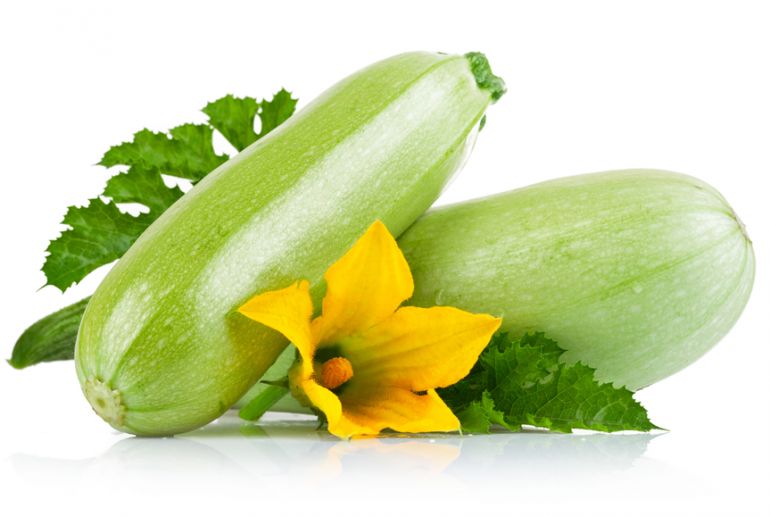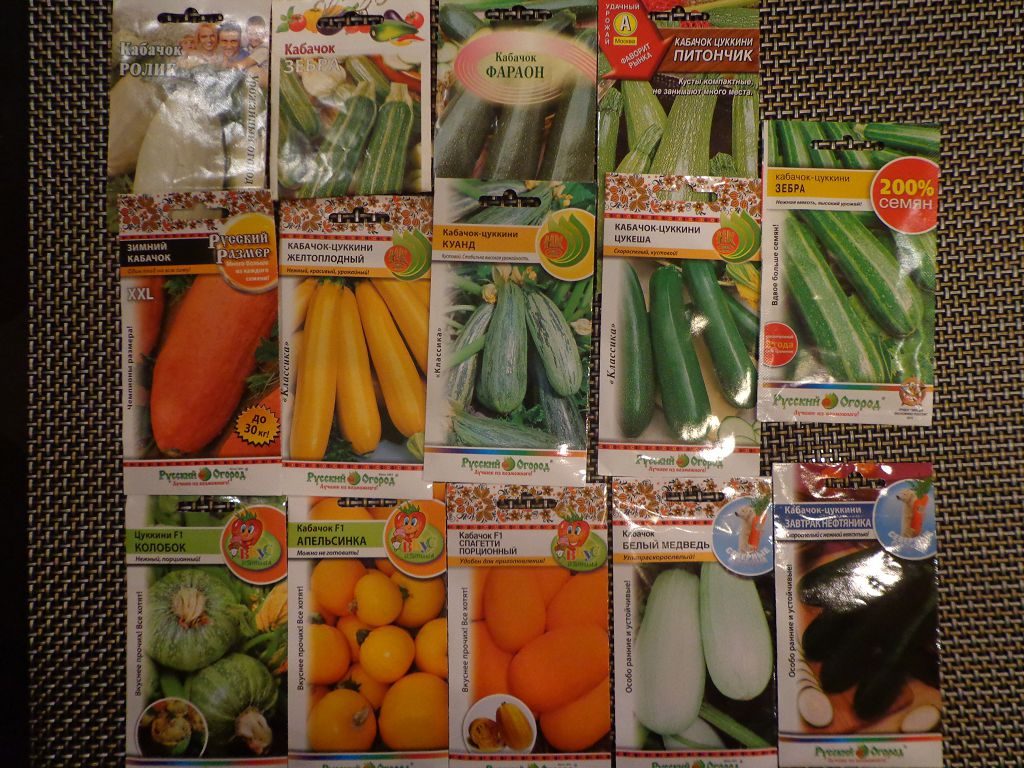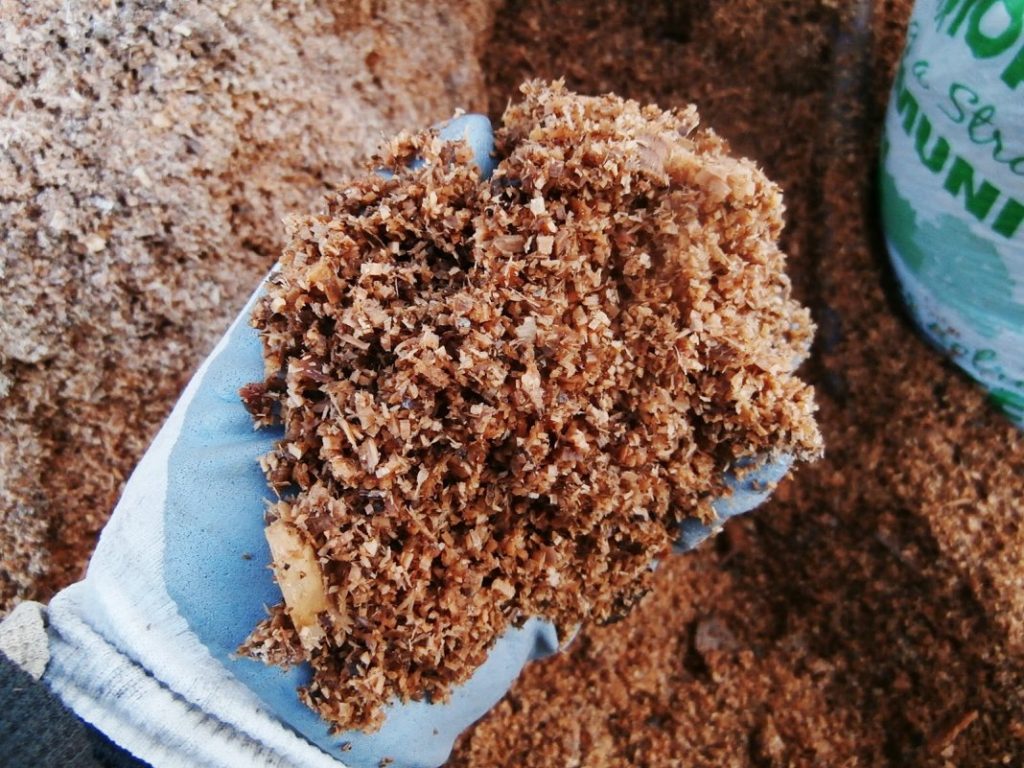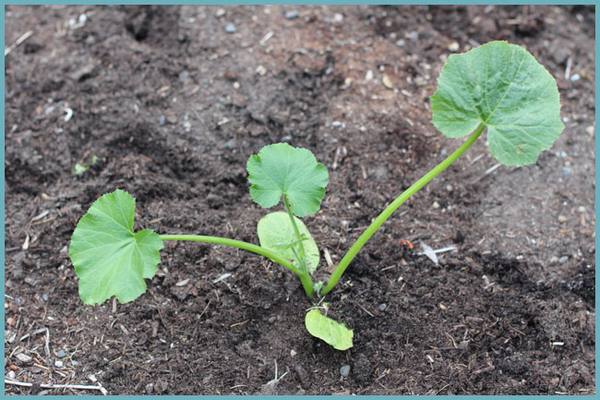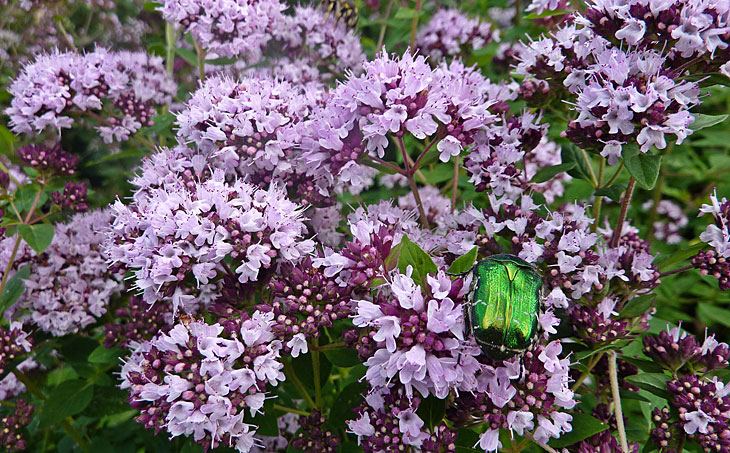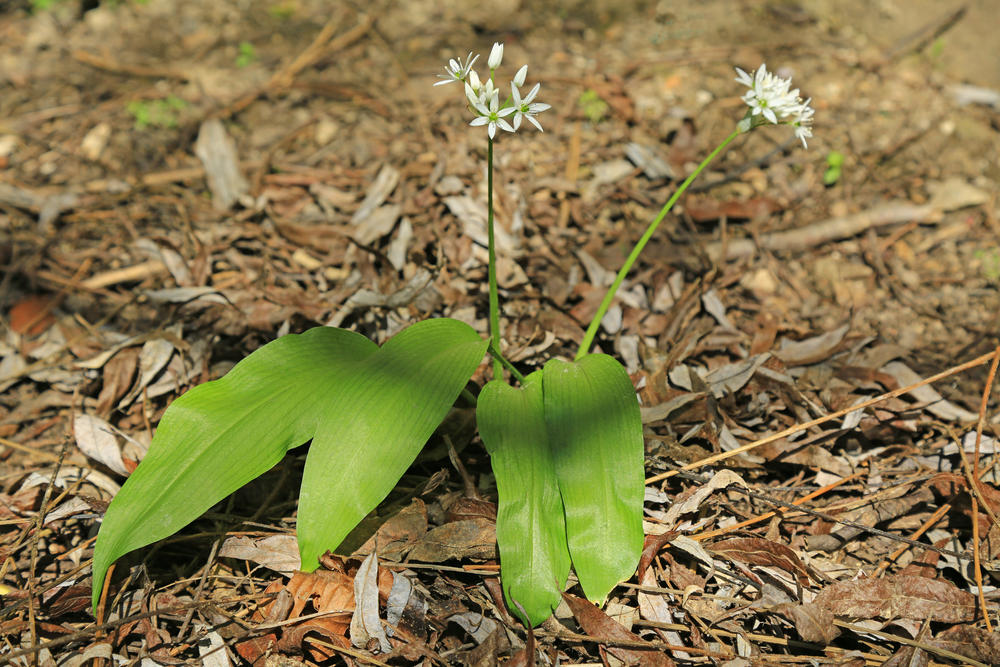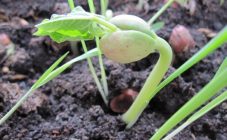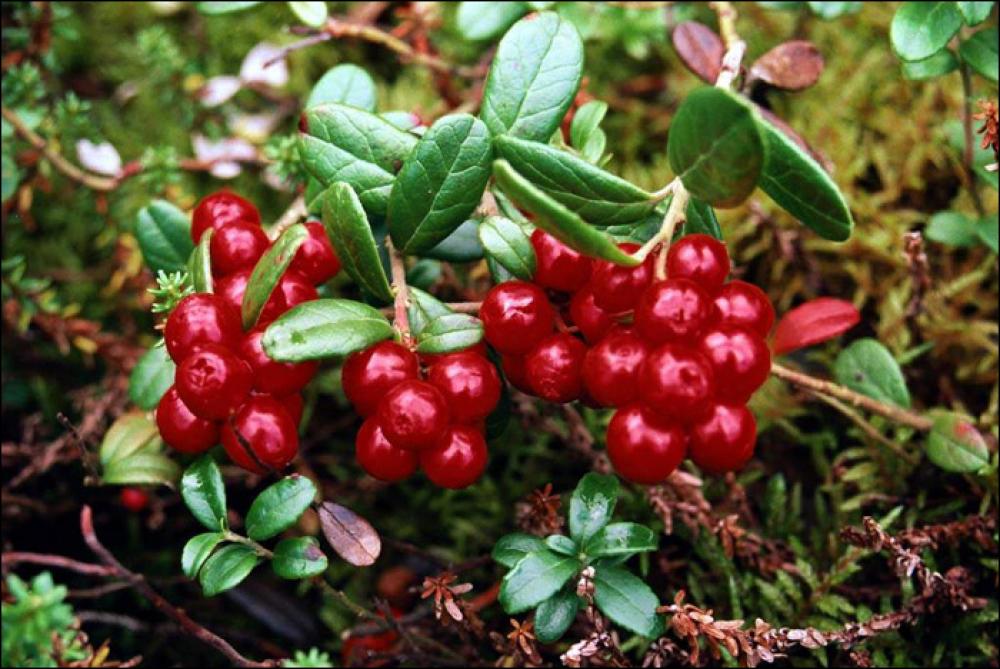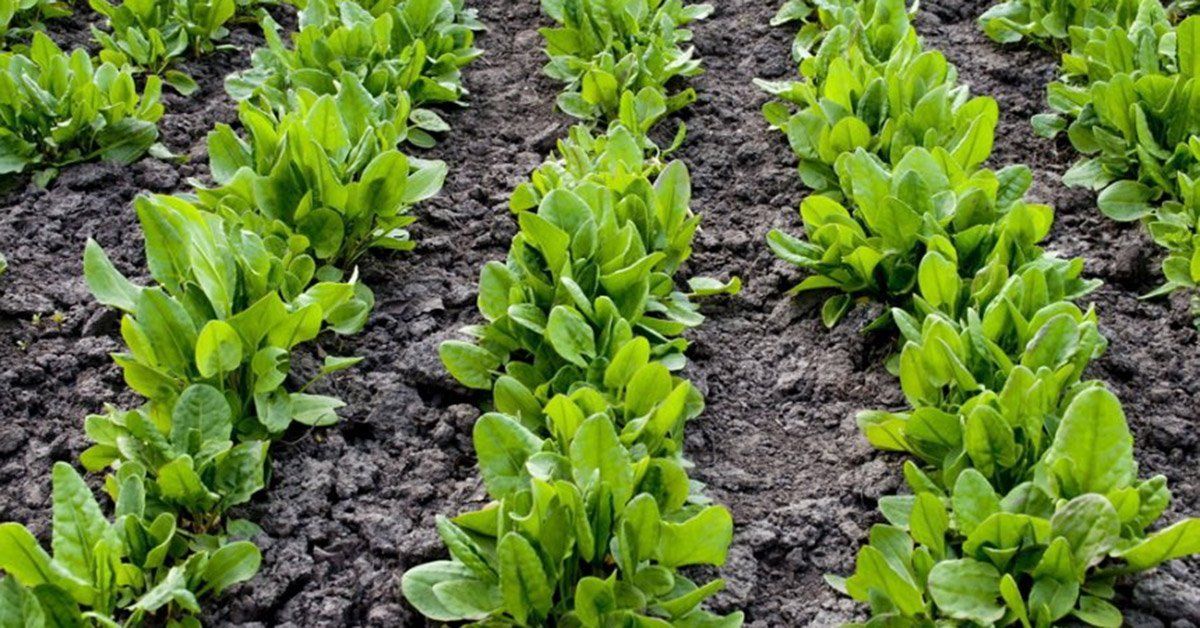Content:
Zucchini (planting and care in the open field will be described in the article) - a plant of the Pumpkin family. With proper care, it can enrich the owners with an excellent harvest. Zucchini crops, whose planting and maintenance are unpretentious, are used to prepare various delicious dishes. True connoisseurs of culinary skills know what kind of vegetables zucchini goes with. Due to its beneficial composition, squash culture is used in medicine and cosmetology. How do you grow such a great culture? What is the most favorable day in 2018 according to the lunar calendar for planting zucchini in open ground?
In what time frame are the seedlings planted
Beginners often wonder how to plant zucchini for seedlings without outside help. And unlike experienced agricultural technicians, they do not know how to care for young vegetables. As a rule, it takes up to 30 days to grow a vegetable in an open field or greenhouse. Such terms are valid if there is no frost for the entire period. In a strip with an average climate, agricultural technicians can observe such weather in the spring, at the end of May. Therefore, the planting of squash culture falls on mid-April (in some regions at the beginning of the month).
When are the seeds planted
Planting material in the form of seeds is considered the most popular. Every agricultural technician should know how to plant zucchini in open ground. In order for the seed to ascend unhindered, you need to wait until the thermometer shows + 12 ... + 15 degrees. If spring is early, then seeds are planted on May 5, if late - after 20 numbers.
At what distance to plant zucchini, how to plant and care - all these questions are of concern to novice gardeners. The vegetable is sown into the soil in several stages. The interval should be 2 weeks. This will allow you to have a guarantee that the courgette crops will definitely sprout.
How to prepare planting material
It is very simple to plant zucchini in the country. First you need to prepare the planting material. The easiest way is if it is seeds. They sprout quickly in warm ground. For this, the soil must have time to warm up under the sun. But you can speed up the process yourself.
Using several methods, you can prepare seeds for planting:
- Prepare water with a temperature of 50 degrees. Seeds are dropped into it for half a day. After that, the seed is immersed in cold water for a couple of minutes. This method will harden the vegetable crop.
- You can dip the planting material into the growth stimulator solution. It will be enough 24 hours. Then the seed is washed, dried and planted in the ground.
- There is another option for processing squash seeds - the composition of nitrophoska. Planting material is lowered into it for the whole night. Do not worry if the seeds are swollen, as it should.
- And the last, most popular way is to keep the seeds in a damp gauze.Additional moisture will allow the seed to rise faster.
How to choose the right footprint
Warmth and light - that's what zucchini love. Where is the best place to plant them? When choosing a place in the garden, it is worth considering the degree of illumination of the site.
- The seed hole should be well lit. Drafts should not enter there.
- Regardless of what type of squash culture you want to plant, any of them will grow well on a slope from the south or southwest side.
- The light function should be bright, as due to the insufficient amount of light, the fruits will ripen longer.
For sowing zucchini, the soil must be completely nutritious. What should be the care of zucchini in the open field and watering:
- It is best to cultivate the soil for planting crops in the autumn. To the depth of the bayonet, the shovels dig up the place planned for landing. Top dressing is introduced. If the soil is acidic, add a lime composition.
- Laying polycarbonate is also possible in the spring.
- If the soil is peaty, you should put 2 kilograms of humus or compost, a small spoonful of potassium sulfate, superphosphate and 2 large tablespoons of wood ash per square meter of land. Further, the land is well leveled and watered with a composition of mineral fertilizers.
- In chernozem soil for bush vegetables is prepared as follows: add 2 kg of sawdust, 2 tbsp. l. ash and 1 tbsp. l. superphosphate.
- Loamy soils are diluted with humus or peat.
How to plant a crop
There is no specific time for planting vegetable crops. Experienced agricultural technicians do it by eye, while inexperienced ones are guided by the temperature outside. If the thermometer is at 15 degrees, you can safely start planting seeds. Usually this time comes in early or mid-May.
Zucchini is very easy to plant under a hoe. A hole is made, a few seeds are placed and raked in with earth, lightly tamping. It is advisable to leave a gap of 70 cm between the rows, and 50 cm between the bushes. Many gardeners use the old method. They simply rake off a hole and plant 4-5 seeds there at a distance of 30 cm.
How to grow seedlings at home
Zucchini that have been planted with seedlings begin to yield earlier.
- To harvest an early harvest, seedlings should be sown in April.
- If you need to get the fruits later in order to seal, then it is better to plant them at the end of May.
You can prepare the substrate yourself at home: take 5 parts of peat, 2 parts of sod land and the same amount of humus, 1 part of sawdust. Any fertilizer must be added to the same composition. This could be:
- superphosphate;
- potassium sulfide;
- urea;
- ammonium nitrate.
To grow seedlings at home, you need to adhere to the following rules:
- It is best to sow the planting material in separate peat pots. This will allow you to easily transplant the seedlings into the soil.
- Warm water is poured into the container (the earth in the pot should be half full). The seeds go a couple of cm deep.
- The seed is laid out evenly, the sprout that has hatched should "look" down.
- Top of the pots are covered with foil. The room temperature should fluctuate within the normal range (18-22 degrees).
- With the emergence of seedlings, the temperature can be reduced by a couple of degrees. The coolness will slightly slow down the growth of seedlings.
- Make sure the lighting is bright.
- There should be no dry places in the place of seed germination. Watering is carried out regularly.
After 2 weeks after germination, the plant can be fed. For 1 liter of water, 5 g of superphosphate, 2 g of urea, 1:10 mullein and a growth stimulator are used.After 30 days, the seedlings can be transplanted into open ground.
Planting seedlings
- Holes are made and each is spilled with water.
- Together with the peat pot, the plant is transplanted into the soil.
- Deepens to the cotyledons.
- Press the soil around the stalks lightly.
- Water the plant under the root.
Zucchini care
As soon as 4 leaves appear, the bushes will need to be spud. This will add strength to the plant and root system. It is necessary to regularly remove weeds and loosen the soil, which will allow the plant to receive air and moisture.
Watering should be done regularly. In the hot period - every other day, in cool weather - 2 times a week. In any case, the water should be warm. It should be applied under the root before flowering. Each bush takes up to 5 liters of water. Even more during the flowering period.
It is necessary to feed the plant during the budding and ovary period. At the initial stage, nitrogen fertilizers are applied, and then they are replaced by potassium and phosphorus. Alternatively, mullein and bird droppings are allowed.
Diseases and pests of zucchini
In greenhouses and greenhouses, zucchini can encounter a well-known pest - spider mites. Most often, this harmful insect is located in the lower part of the plant and braids them with cobwebs. Pale dots appear on the lower leaves. A little later, the color changes to marble, turns yellow and dries up. The pests feed, which causes the flowers and ovaries to fall off, and therefore the yield decreases.
At home, you can fight the spider mite. Take 10 liters of water and 250 ml of onion gruel (onions are passed through a meat grinder). To the resulting mass add 1 tbsp. a spoonful of ground black pepper, 2 tbsp. tablespoons of wood ash and 1 tbsp. spoon of liquid soap. The composition is thoroughly mixed, filtered and sprayed on the plants 2 times in a week.
Aphids can also often be seen in vegetable gardens, in courgette beds. As a result, the leaves curl and the flowers fall off. Farmers regularly process crops with karbofos. Strongly yellowed whips and leaves are burned. Pollination is carried out with a gray hammer (300 g per 100 m).
The harvest can be obtained as early as 3 weeks after flowering. Early fruits provide vitamins at the beginning of the summer season. Zucchini has a wide range of uses, which is why it attracts gardeners.
